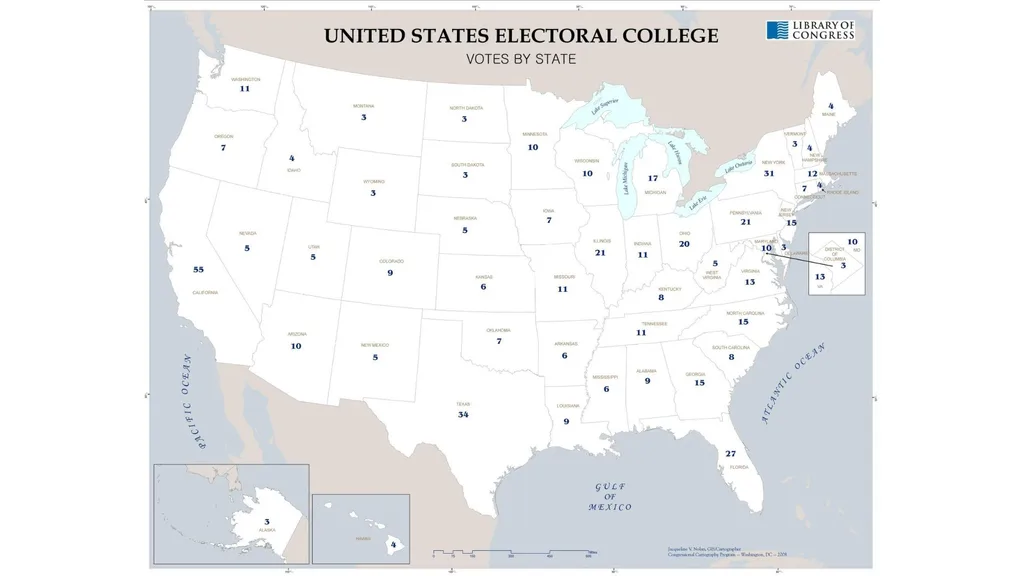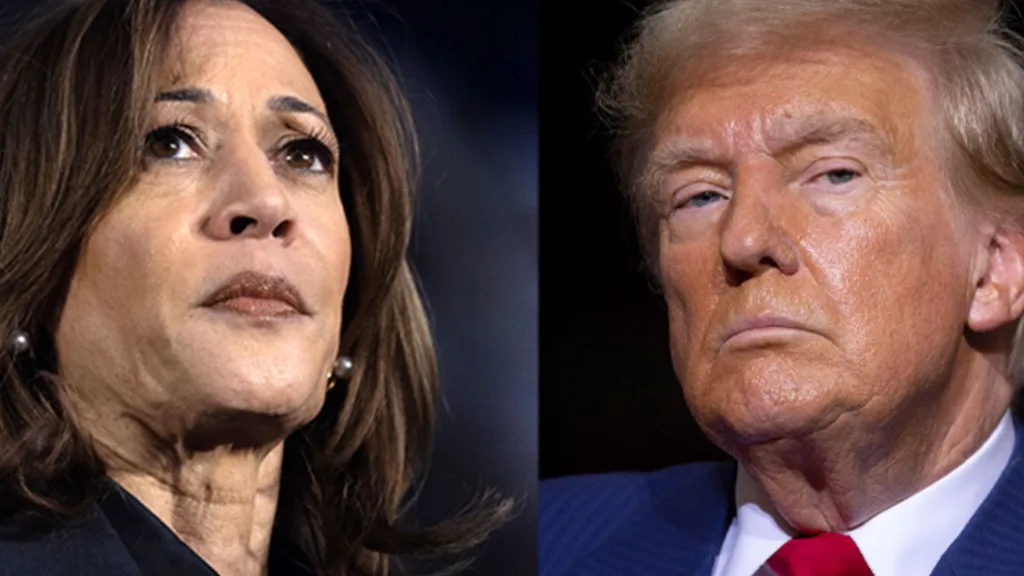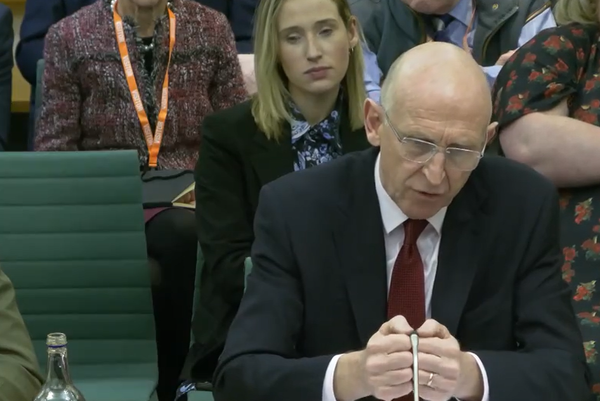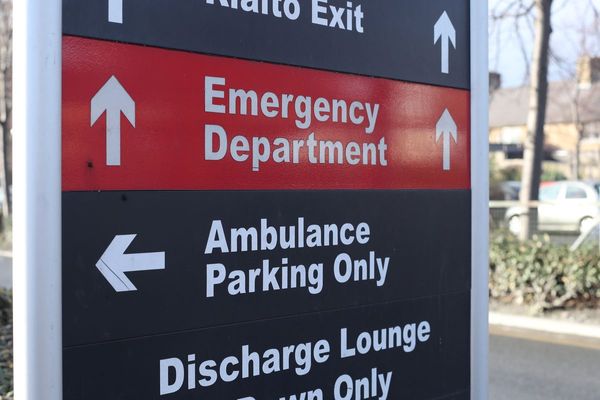As polling booths close and results begin to roll in for what could be one of the most important presidential elections in America’s history, the world is watching on in anticipation to see who will be elected as the next President of the United States.
Whether the country decides to elect Kamala Harris or Donald Trump is yet to be seen, but in the meantime, we’re here to answer any questions you might have about how the election will actually be decided, and when we can expect the results to be announced.
From the US electoral system to interpreting polling results, get to know how the US presidential election actually works with our back-to-basics guide to navigating America’s voting system.
When Will We Know The US Election Results?

While calling the Kamala Harris – Donald Trump race to the Whitehouse could take days, with many polls still yet to close across America’s varied time zones, there are a few determining factors that influence when results are likely to be announced.
In short, it’s about four swing states – Arizona, Nevada, Pennsylvania and Wisconsin – that can influence how quickly a presidential candidate is confirmed. This is due to each of these states having absentee ballot procedures that can take days to count. However, in saying that, those four aren’t the only battleground states that can determine the fate of the nation. If Kamala Harris sees resounding success across the three remaining swing states, then there could be cause for an early announcement.
In order to explain when we’ll be likely to know, it’s important to understand how the US voting system works.
Where To Get US Election Results In Real Time
If you’re interested in watching the real-time results roll in across the country, these are the most trusted sites to bookmark for ongoing coverage:
The Associated Press: Otherwise known as AP, the publication has been calling the election results for more than 170 years, based on provable facts and a vote count compiled from state and local election offices across the country.
ABC: For local coverage, the ABC is a fantastic source of information and real-time analysis.
The New York Times: The interactive map put together by the NYT team is a thorough and easy to navigate source of election reportage.
What Is The Electoral College?
The Electoral College is a voting system unique to the United States, whereby a group of representatives known as ‘electors’ determine how each state votes, in place of the ‘popular’ or ‘majority’ system we have in Australia, and elsewhere around the world.
Set up during the drafting of the 1787 Constitutional convention as a compromise between the framers who wanted a direct popular vote and those who preferred to have Congress decide the president.

The 538-member body is made up of each state’s electors who, after a popular vote is determined in their state, come together to vote on which of the presidential candidates their state will support.
In order for a presidential candidate to be successful in securing their place as the next President of the United States, the winner must have 270 of the 538 electoral college votes.
What this means, is that instead of the president being selected from a general majority vote, it is in fact individual states which determine the outcome.
What Is An Electoral Vote?
Each state is allocated a set number of electoral votes (see above map) in line with how many representatives a state has in the House of Representatives, plus its two senators, as well as the size of its population.
The exception to this is the District of Columbia, which gets three electors, despite not having a vote in Congress.
Once a majority vote in a state is determined, the allocated electoral college votes for that state are then allotted to the successful candidate. For example, if the majority of California were to vote for the Democratic party, then its 55 votes would be allocated to Kamala Harris. Likewise, if Texas votes for a Republican majority, then its 34 votes will be allocated to Donald Trump.
Which State Has The Most Electoral Votes?
As the America’s largest state with the biggest population, California comes out on top with 55 – the most of any electoral votes across the country.
Do Electors Have To Vote In Line With Their State’s Wishes?
While largely the answer is yet, and most states have legal implications for going against this, there are some exceptions to the rule.
Instead of operating under a winner-takes-all approach to allocating electoral votes, outliers Maine and Nebraska use their congressional districts to split their allocations.
Two of each of the state’s electoral college votes go to the state’s overall popular vote winner, while one is allocated to the popular vote winner in each congressional district – of which there are two in Maine, and three in Nebraska.
What Are The Swing States & Why Do They Matter?

There are blue states, and there are red states, but what are these so-called ‘purple’ states that have the power to determine the US election?
Swing states, otherwise more aptly known as ‘battleground’ states, are made up of a population who are so politically divided that it’s nearly impossible to predict which way their vote will fall come election day. They are historically known to ‘swing’ in favour of democrats or republicans almost equally and therefore, their electoral college votes are some of the most valuable to any presidential candidate.
It’s for this reason that there’s a huge political focus on the swing states during campaign time – with most candidates focusing a large chunk of advertising budget, campaign time and targeted issues, to the battleground states in comparison to more ‘certain’ or ‘predictable’ red and blue voting states.
The ‘swing’ or ‘battleground’ states that are likely to determine the next president will be are:
- Arizona
- Georgia
- Michigan
- Nevada
- North Carolina
- Pennsylvania
- Wisconsin
READ NEXT
What It Means For Australians If Kamala Harris Wins The US Election
What Does It Mean For Australians If Donald Trump Wins?
What Does The Trump/Harris Debate Mean For Women’s Productive Rights?
Study Finds Trump Has The Vocabulary Of An 8-Year-Old Child
5 Important Things You Didn’t Know About Kamala Harris
This article originally appeared on Marie Claire Australia and is republished here with permission.







